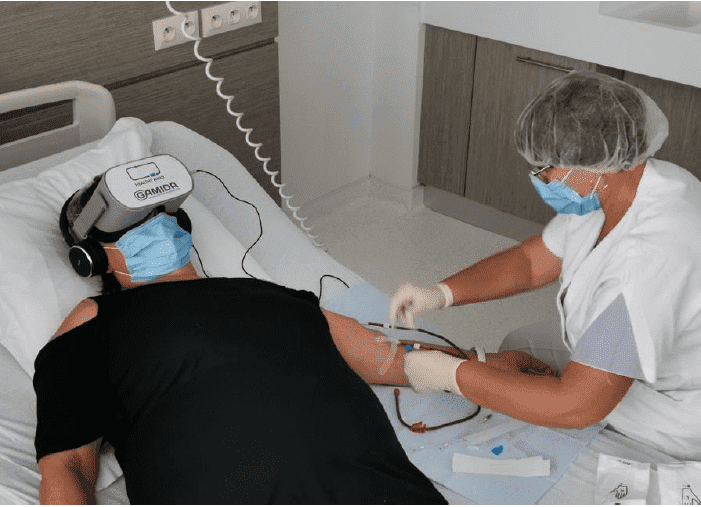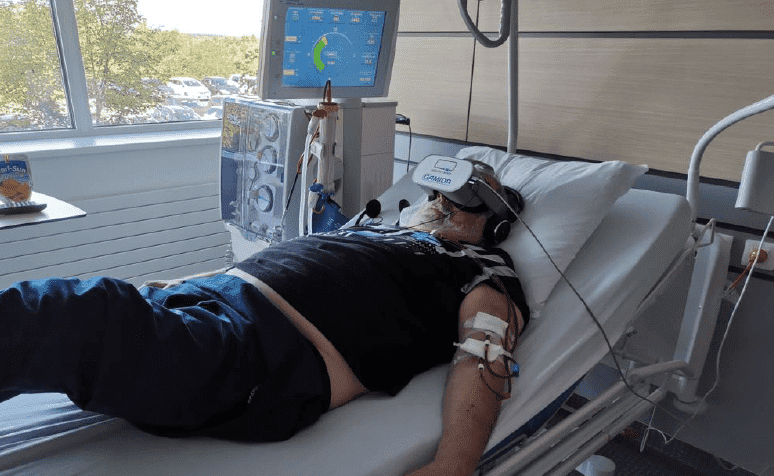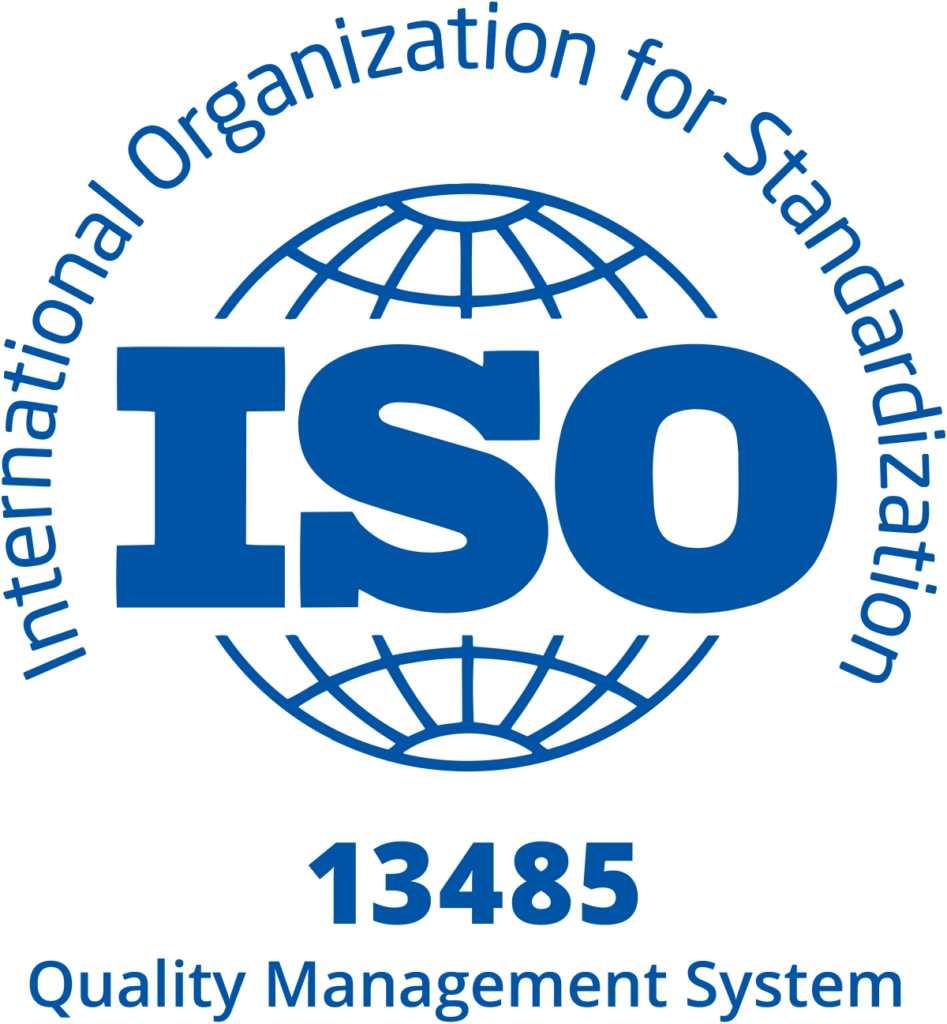Approximately 7 to 10% of the French population suffers from kidney disease, according to the summary of the annual report of the REIN network (Nephrology Epidemiology and Information Network). Some of these pathologies will evolve into a renal disease that will require a replacement treatment such as dialysis or transplantation. The impact of dialysis on the patient’s quality of life, both at home and at work, is considerable. The treatment takes up a large part of daily life and often leads to apprehension, discomfort and pain. How can we improve the comfort of patients during a dialysis session? After having discussed the interest of this medical technique and the course of a session, you will discover the reasons that place virtual reality at the top of the list to meet the needs of dialysis patients.
What is the purpose of dialysis?
The kidneys perform an essential function in the body, that of a filter. However, chronic kidney pathologies can disrupt this system and lead to a state of renal failure. In these cases, the kidney organs are no longer able to perform their role of filtering and purifying the blood. When this situation occurs, the patient is in a life-threatening condition and a medical technique must be used to take over. Dialysis is used to remove waste and excess fluid from the blood instead of the kidneys.
The need for dialysis arises when symptoms make daily life difficult, such as
- fatigue;
- anaemia;
- loss of appetite;
- oedema of the ankles;
- headaches due to high blood pressure;
- shortness of breath on account of water and salt overload.
Dialysis is a replacement therapy, therefore it acts as a substitute for kidney function. Dialysis is a lifelong necessity for patients with kidney failure, unless they receive a transplant.
Through this elimination action, dialysis sessions rid the blood of waste, water or toxins that accumulate in excess in the body. Its aim is to :
- purify the blood of waste products not processed by the kidneys (urea, creatine, etc.);
- rebalance the distribution of water and other dissolved substances in the body;
- regain appetite;
- improve physical form.
Dialysis allows for a better quality of life and thus promotes social and professional reintegration.

How does a dialysis session work?
To carry out a dialysis session, the patient must follow certain prescriptions, such as a diet that limits the intake of water, salt, potassium and phosphorus.
There are two dialysis techniques: haemodialysis and peritoneal dialysis. In the former, an artificial membrane filters the blood outside the body in a fully equipped machine. The sessions take place in a dialysis facility or at home. The care can be associative, private or public. The second method is usually performed at home and consists of filtering the blood in the body using the peritoneal membrane that surrounds the organs in the abdominal cavity. Depending on the case, one or both techniques are used.
A haemodialysis session begins and ends with a weighing. The weight gain indicates the amount of liquids not eliminated by the body (drinks, fruit, etc.). The greater the variation between two appointments, the more painful the process will be in terms of fatigue, hypotension or risk of cramps.
A dialysis session lasts between 4 and 5 hours. The frequency depends on the individual patient, but generally they are performed three times a week. This fast pace is an important constraint of the treatment.

The benefits of virtual reality to relax during a dialysis session
The first dialysis sessions often evoke unpleasant emotions for patients such as pain or stress. Therapeutic virtual reality is used to better deal with suffering and anxiety without the use of drugs or invasive devices.
The Saint-Andre dialysis centre has been using Healthy Mind virtual reality headsets for many years. We will use the study of their patients’ feelings to discuss the many benefits of this non-medicated relaxation technique.
1. An invitation to escape without leaving the hospital
A dialysis session lasts several hours and limits movements. Due to the lack of distraction and immobility, patients quickly concentrate on their negative perceptions, especially that of pain. Focusing on these aspects often results in a tenfold sensation. The more we become aware of our discomfort, the more it grows. So how do we break out of this spiral while respecting the medical framework imposed?
Realistic immersive environments offer landscapes designed to amaze and soothe. The design of Healthy Mind virtual reality software is carried out in collaboration with health professionals in order to ensure the relevance of the settings and ambiences.
All anxiety-provoking elements or those likely to cause discomfort (vertigo, claustrophobia, etc.) are removed from the scenarios. Moreover, in order not to create additional uncomfortable sensations, the immersions use the process of “teleportation” rather than displacement. Virtual “motion sickness”, cyberkinetosis, is thus avoided.
Every detail has been thought out, tested and optimised to provide a lasting feeling of calm. The graphic quality of the environments contributes to a deeper immersion. During this moment, the patient forgets the anxiety-inducing environment in which he finds himself and accesses a unique multi-sensory experience.
2. Reducing anxiety and pain to improve patient comfort
Healthy Mind virtual reality headsets don’t just use beautiful landscapes to disconnect patients and provide lasting relaxation. By combining realistic 3D graphics with music therapy principles, hypnotic speech and breathing exercises to achieve cardiac coherence, the experience is intended to be as complete as possible.
Several testimonies from the Saint-Andre dialysis centre indicate that patients “forgot they were on dialysis”. Thanks to a total escape, the quality of life and comfort are considerably improved. The procedure has led to a visible reduction in anxiety, psychological trauma and pain during the dialysis session, particularly at the time of the puncture.
Two feedbacks show how the experience offered a moment of respite in the treatment:
“Magical, too beautiful, relaxed. We would like to stay there. The voice is beautiful. I never feel my feet, but now I do. It’s been years because of diabetes, it feels weird!
“Easy to set up, very good, very pleasant. Superb images, well-being, total immersion, very relaxed. Very nice experience.”
Of the people questioned by the Saint-Andre dialysis centre, 97.3% recommend the use of the virtual reality headset to other patients.
3. An ergonomic device that is easy to set up

By diverting attention, therapeutic virtual reality invites patients to relax without requiring heavy and consequent management. The headset has no wires. As a result, it fits perfectly into the hospital context, without mobilising the care teams for long hours. For example, 83.7% of patients surveyed by the Saint-Andre dialysis centre found the installation of the headset relatively simple.
The duration of the sessions can be adjusted from 5 to 80 minutes. Caregivers can easily set up, monitor and control the immersion from a tablet application. Communication is possible at any time via the microphone or by sending a message.
The intuitive interface makes it quick and easy to use in the medical workflow. The connection between the headset and the tablet is fast, secure and does not require an internet network. The whole equipment can be easily stored in a suitable bag and the whole thing remains light to adapt to all medical uses.
Therapeutic virtual reality provides a concrete, space-saving and effective solution to soothe patients during the anxiety and pain phases of a dialysis session. The light and wireless device can be easily integrated into the treatment process and can be used autonomously. If you would like to experience the benefits of our medical solution with your own eyes, don’t hesitate to ask for a demonstration.







